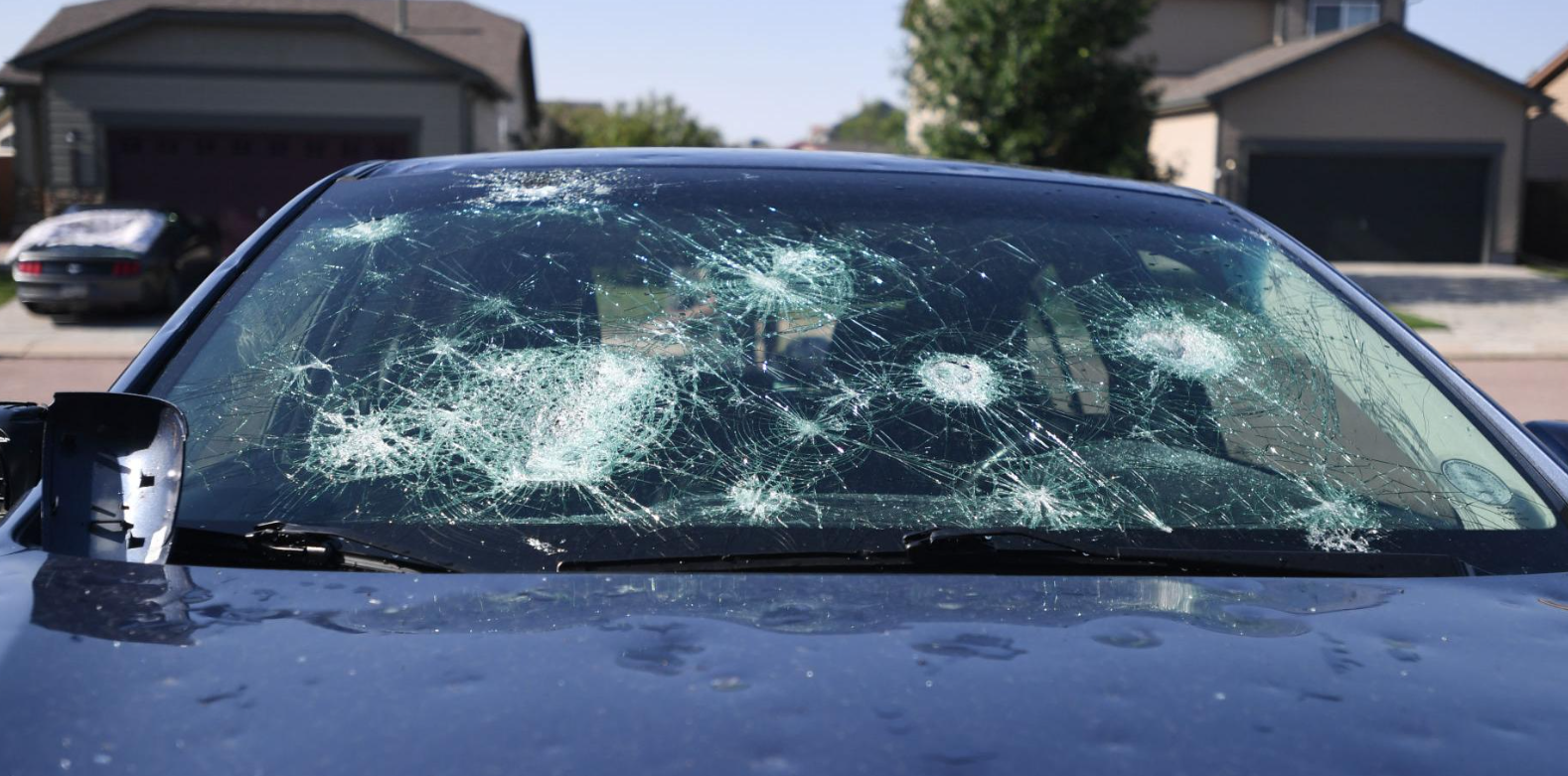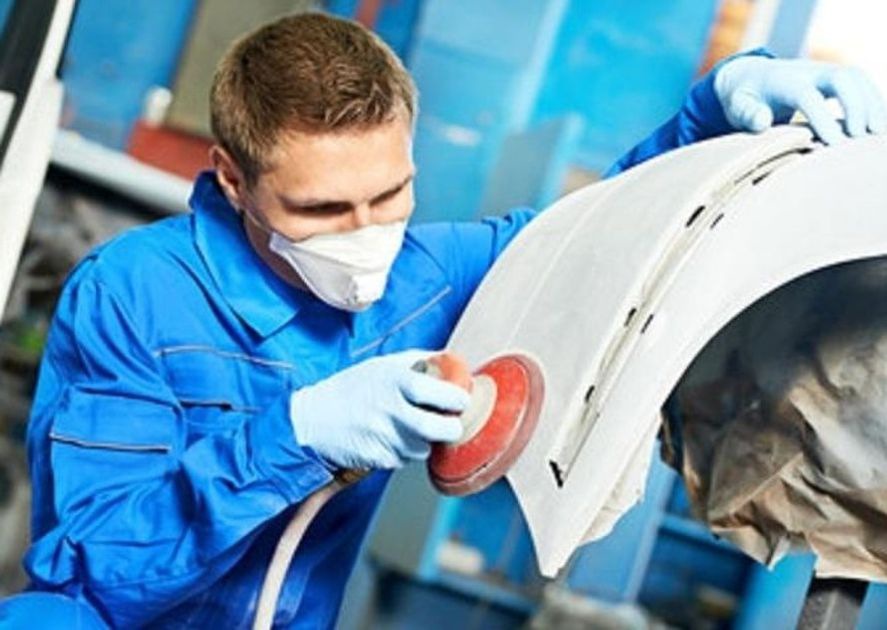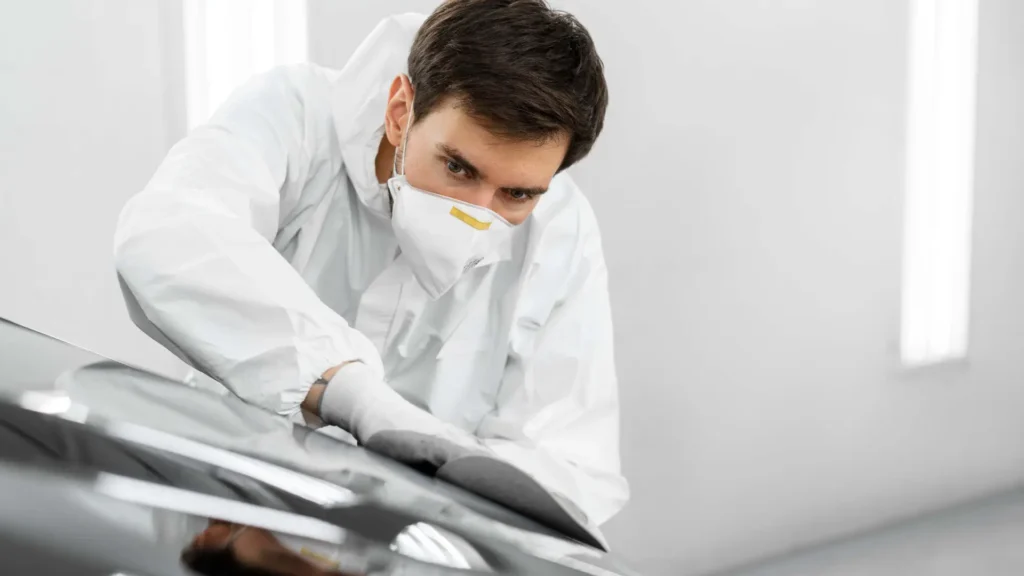The Science Behind Hail Damage: How It Affects Your Vehicle and What Austin Residents Can Do
Hailstorms are a natural phenomenon that can wreak havoc on vehicles, causing damage ranging from minor dents to significant structural issues. Understanding the science behind hail damage is crucial for Austin residents, as the city is no stranger to severe weather events. In this blog, we’ll delve into the intricacies of hail formation, how it affects vehicles, and what steps Austinites can take to mitigate damage.
The Formation of Hail:
Hail forms within strong thunderstorms, typically those with powerful updrafts capable of suspending water droplets in the atmosphere where temperatures are below freezing. As these droplets are lifted higher into the colder regions of the storm, they freeze and accumulate layers of ice, growing larger until they become too heavy for the updrafts to support. Eventually, the hailstones fall to the ground, potentially causing damage to anything in their path, including vehicles.
How Hail Damage Occurs:
When hailstones strike a vehicle, they transfer kinetic energy upon impact. The severity of the damage depends on various factors, including the size and density of the hailstones, the speed at which they fall, and the angle of impact. Smaller hailstones may cause minor dents, while larger ones can result in more extensive damage, including cracked windshields, chipped paint, and even structural deformation.
Types of Hail Damage:
Dents: The most common type of hail damage, dents occur when hailstones create depressions in the vehicle’s body panels upon impact.
Cracked Windshields: Hailstones can crack or shatter windshields, compromising the safety of the vehicle and its occupants.
Paint Damage: Hailstones may chip or scratch the paint surface, exposing the underlying metal to corrosion and rust.
Structural Damage: In severe cases, hail can cause structural deformation, compromising the integrity of the vehicle’s frame or body.
Mitigating Hail Damage:
While it’s impossible to prevent hailstorms, there are steps Austin residents can take to minimize damage to their vehicles:
Shelter: Whenever possible, park your vehicle in a garage or covered parking structure to shield it from hailstones.
Car Covers: Invest in a hail-resistant car cover designed to absorb impacts and protect your vehicle’s exterior.
Weather Alerts: Stay informed about weather forecasts and heed warnings issued by local authorities to take preventive measures.
Insurance Coverage: Ensure your auto insurance policy includes comprehensive coverage, which typically covers hail damage repairs.
Hailstorms pose a significant threat to vehicles, but understanding the science behind hail damage empowers Austin residents to take proactive measures to protect their vehicles. By recognizing the factors that contribute to hail damage and implementing preventive strategies, vehicle owners can minimize the impact of these natural events and preserve the integrity of their vehicles for years to come.



